Vetplasma Injection
Vetplasma injection contains hydroxyethyl starch in isotonic sodium chloride intravenous infusion (6%). It is a clear to slightly opalescent, colourless to slightly yellow, sterile, non-pyrogenic, isotonic solution for intravenous administration using sterile equipment.
Description
Vetplasma Injection
Brand Name: Vetplasma
Manufactured/Mktd by: Zydus AHL
Dosage form: Injection
Presentation:
250 & 500 ml self collapsible plastic bottle pack
Ingredients & Composition:
Each 100 ml of Vet Plasma contains
Hydroxyethyl Starch (130/0.4) 6.0 gm
Sodium Chloride IP 0.9 gm
Water for Injection IP q.s.
Description:
Vetplasma contains hydroxyethyl starch in isotonic sodium chloride intravenous infusion (6%). It is a clear to slightly opalescent, colourless to slightly yellow, sterile, non-pyrogenic, isotonic solution for intravenous administration using sterile equipment. The hydroxyethyl starch contained in VetPlasma is a synthetic colloid for use in plasma volume replacement. The chemical name of hydroxyethyl starch is poly (0-2-hydroxyethyl) starch.
Hypovolemi indicates loss of intravascular fluid. Dehydration refers to the loss of whole body fluid, i.e. extra cellular fluid (ECF) & intracellular fluid . whenever there is a dehydration chances of animal developing hypovolemia is high. Dehydration and hypovolemia are not same but linked to each other. Severe dehydration may lead to hypovolemia and hypovolemia can also be a critical stage of dehydration as there is direct loss of blood volume. In such condition colloidal infusion should be given to the animal to replenish lost intra-vascular fluid.
Mechanism of Action:
VetPlasma contains hydroxyethyl starch in a colloidal solution which expands plasma volume when administered intravenously. It mimics the action of albumin protein present in the actual blood and inhibits the outward flow of fluid by generating osmotic pressure due to its high molecular weight. So it doesn’t let Vet Plasma get out of the blood vessel and fluid remains in blood capillariesfor 12-48 hours. This effect depends on the mean molecular weight (130,000 daltons: range 110,000 – 150,000 daltons), the molar substitution by hydroxyl groups (0.4; range 0.38-0.45) on glucose units of the starch, the pattern of hydroxyethyl substitution (C2/C6 ratio) of approximately 9:1, and the concentration (6%), as well as the dosage and infusion rate. Hydroxyethyl starch is a derivative of thin boiling waxy corn starch, which mainly consists of a glucose polymer (amylopectin) predominantly composed of α-1-4-connected glucose units with several α-1-6-branches. Substitution of hydroxyl groups on the glucose units of the polymer reduces the normal degradation of amylopectin by α-amylase in the body. The low molar substitution (0.4) is the main pharmacological determinant for the beneficial effects of VetPlasma on pharmacokinetics, intravascular volume and hemodilution. To describe the molecular weight and molar substitution characteristics of the hydroxyethyl starch in VetPlasma, then compound is designated as hydroxyethyl starch 130/0.4.
Class: Plasma / blood volume expander
Indication / Usage:
Vet Plasma is a plasma volume substitute indicator for the
• Treatment and prophylaxis of hypovolemia.
• Canine parvo virus infection
• Accidental haemorrhage
• Surgical blood loss
• Persistent diarrhoea
• Bloody diarrhoea
• Severe dehydration
• Haemorrhage
• Burns
• Peritonitis
• VetPlasma is used primarily to treat acute hypovolemia & shock in conditions like Blood protozoan diseases, diarrhoea, etc.
Dosage and administration:
Small Animals (Dog, Cat, Pig, Sheep and Goat) – 10-20 ml/kg BW/Day by IV route only.
Large Animals (Cattle & Horse) – 8-10 ml/kg body weight / day, up to maximum 20 ml/kg or as per recommendations of veterinarian.
Vet Plasma can be administered repetitively over several days.
The daily dose and rate of infusion depend on the animal’s blood loss, on the maintenance or restoration of hemodynamics and on the haemodilution (dilution effect).
(The initial 10 to 20 ml should be infused slowly, keeping the animal under close observation due to possible anaphylactoid reactions. As a general recommendation, the class of synthetic colloids are prescribed at doses up to 20 ml per kg of body weight per day in small animal)
Administer by intravenous infusion only.
Overdoses / Side effects / Contraindications /Warnings:
Overdosage
As with all plasma volume substitutes, overdose can be to overloading of the circulatory system (e.g. pulmonary edema). In this case, the infusion should be stopped immediately and, if necessary, a diuretic should be administered.
Contraindications
Known hypersensitivity to hydroxyethyl starch Fluid overload e.g., pulmonary edema and congestive heart failure, Renal failure with oliguria or anuria not related to hypovolemia. Severe hypernatremia or severe hyperchloremia, Intracranial bleeding.
Warnings and Precautions
Anaphylactoid and hypersensitivity reactions.
Avoid fluid overload; adjust dosage in animals with cardiac or renal dysfunction.
For the use of registered Veterinarian, Hospital, Laboratory or Animal farm only.
Drug Interactions
No interactions with drugs or nutritional products are known. The safety and compatibility of other additives have not been established.
Pharmaceutical precautions / Instructions:
Store in a cool and dry place below 25°C. Protect from light.
Safety: Age / Pregnancy/ Withdrawal:
Vetplasma is safe for use in puppies/ young animals, pregnant (no teratogenic effect) and lactating, or breeding animals. It has no reported withdrawal side effects.
Habit forming: No.
Substitute: HATCURE Injection,
Only logged in customers who have purchased this product may leave a review.


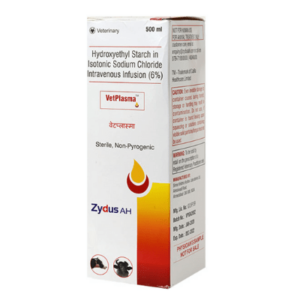
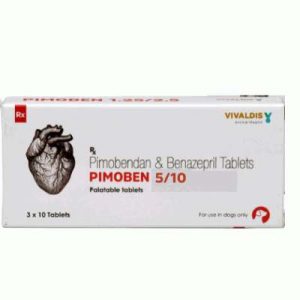
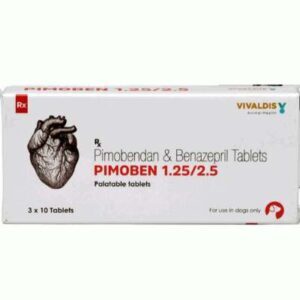
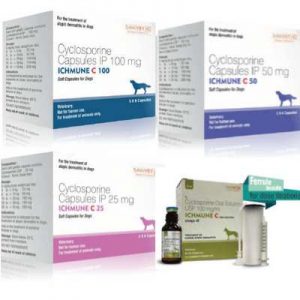
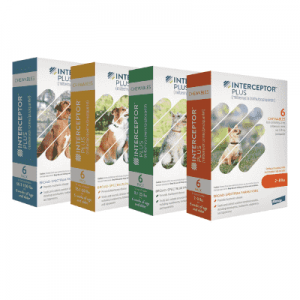
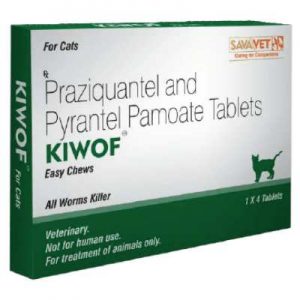
Reviews
There are no reviews yet.